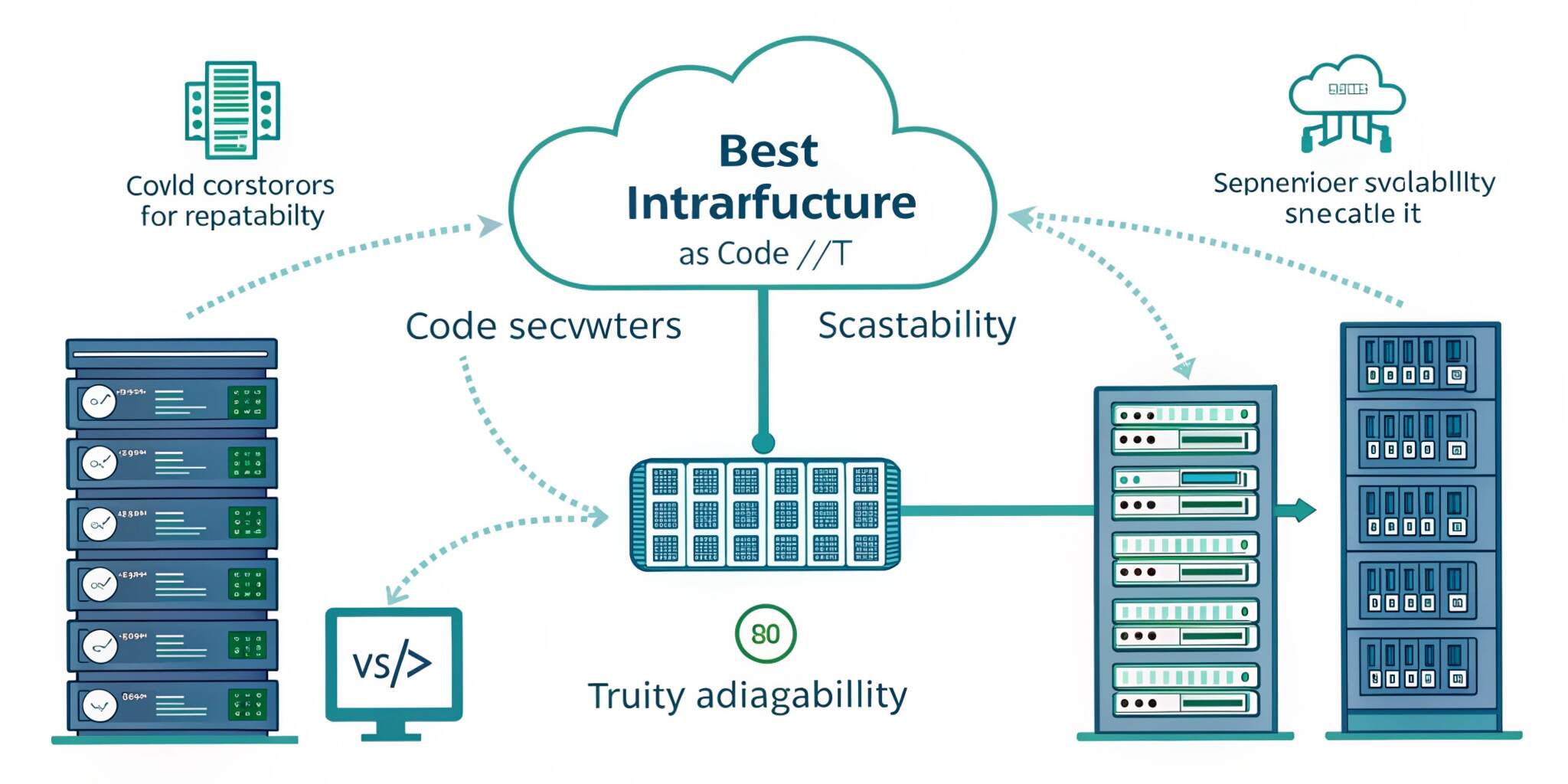Introduction
In a world rapidly shifting toward cloud-native technologies, Infrastructure as Code (IaC) is a foundational practice enabling IT teams to manage and provision infrastructure through machine-readable definition files. It brings automation, repeatability, and scalability—three key elements of modern infrastructure management.
Why Scalability Matters
Scalability is the ability of a system to handle increased workload or growth without compromising performance. With microservices, containers, and multi-cloud environments dominating today’s IT landscape, scalable infrastructure is no longer optional—it’s essential. IaC enables this by automating infrastructure provisioning and ensuring consistent environments across development, testing, and production.
Best Practices for Scalable IaC
1. Modularize Your Codebase
Break infrastructure scripts into reusable modules. This allows for easier maintenance and scaling of components independently, like networking, compute, or storage.
2. Use Version Control Religiously
Maintain your IaC scripts in Git or another version control system. Track changes, enable rollbacks, and promote team collaboration through pull requests and code reviews.
3. Automate Testing & Validation
Just like application code, IaC should be tested continuously. Use tools like Terratest, Checkov, or InSpec to validate configurations and enforce compliance.
4. Leverage Immutable Infrastructure
Instead of modifying live systems, recreate and redeploy using fresh configurations. This reduces configuration drift and improves consistency across environments.
5. Parameterize for Flexibility
Use variables and parameters to create flexible and reusable templates. This allows scaling across different environments (dev, staging, prod) without duplicating code.
6. Integrate with CI/CD Pipelines
Tie IaC processes into your CI/CD workflows. This ensures seamless deployment and scaling of infrastructure alongside your application code.
7. Monitor and Audit Continuously
Track infrastructure changes using tools like Terraform Cloud, AWS Config, or Azure Policy. Auditing ensures transparency and quick troubleshooting during scale-outs.
8. Prioritize Documentation & Naming Conventions
Maintain clear documentation and consistent naming conventions. This improves readability, team onboarding, and long-term manageability.
Popular Tools Supporting Scalable IaC
- Terraform – Cloud-agnostic, modular, and stateful.
- AWS CloudFormation – Deeply integrated with AWS services.
- Pulumi – Supports multiple languages like TypeScript, Go, and Python.
- Ansible – Excellent for configuration management alongside provisioning.
Conclusion
Infrastructure as Code isn’t just about automation—it’s a strategy for building scalable, secure, and resilient infrastructure. By applying best practices, teams can reduce human error, boost efficiency, and confidently support enterprise-level applications.
Now is the time to shift left, think programmatically, and treat infrastructure like code—because it is.


